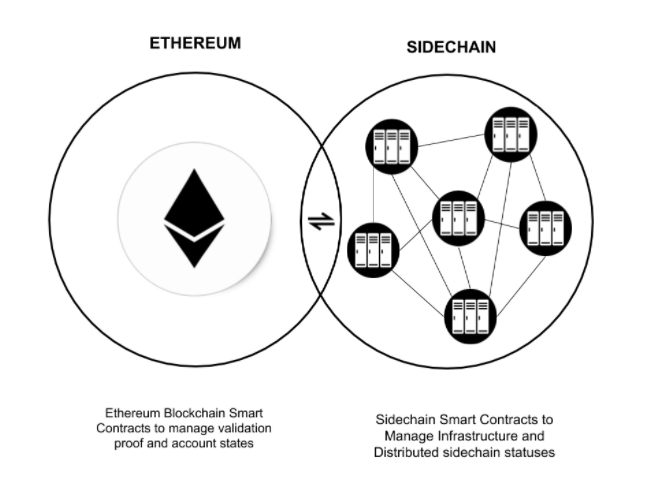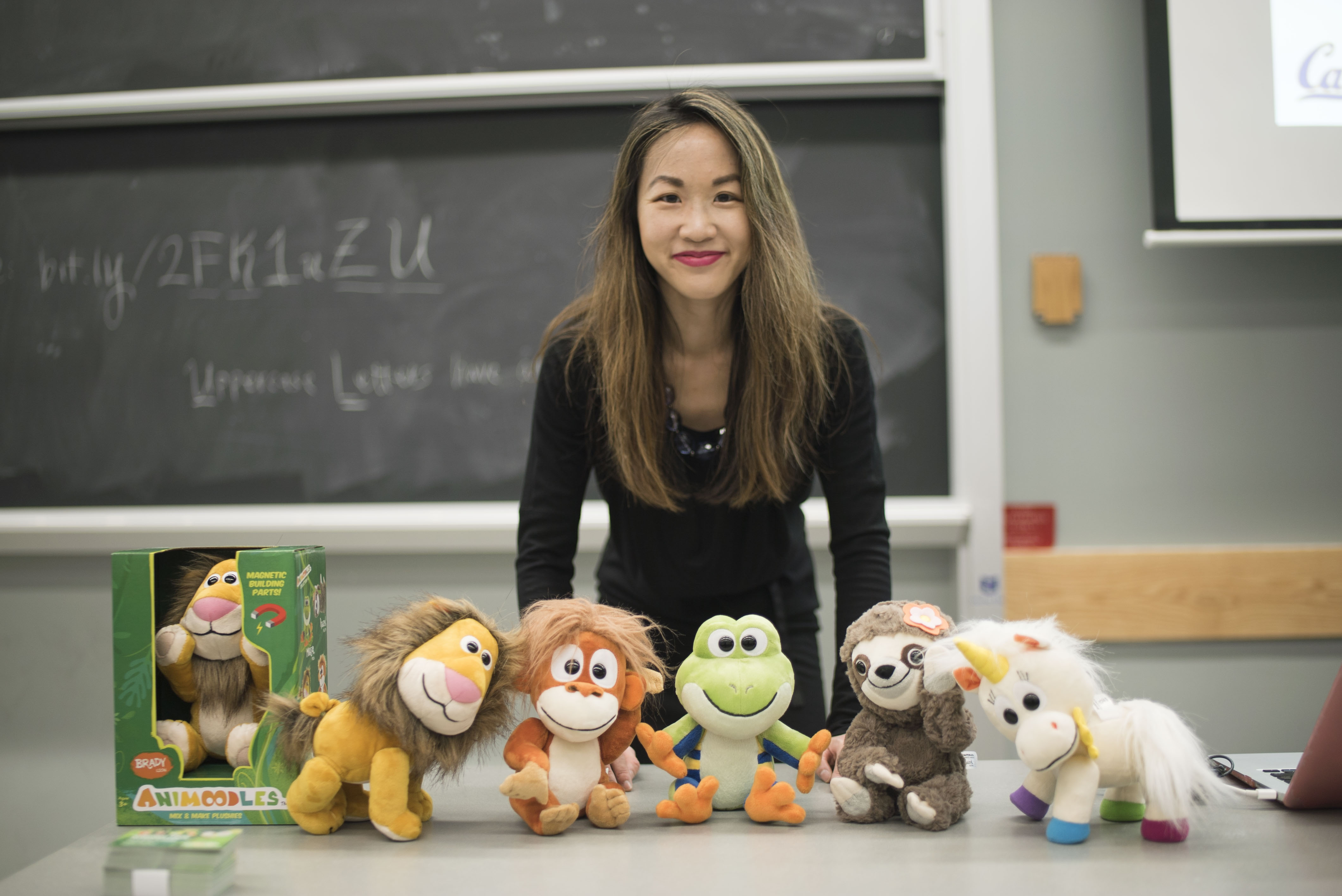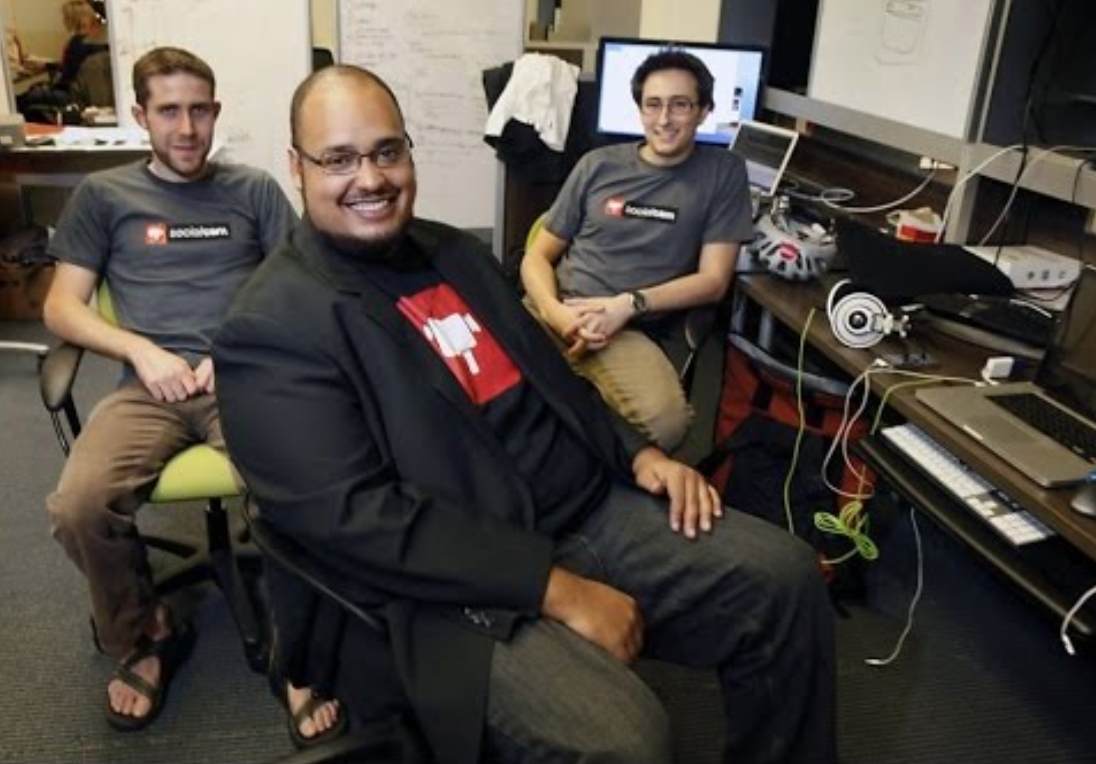Our Students Can Make Data, AI, & Blockchain Projects Work in Real Life – and So Can You
A Focus on Implementation and Rapid Impact A Signal in the Noise About 2 years ago, I had a thought that it was time to offer a new type of course in the areas of AI/Data, and possibly extensible to the other digital transformations like Blockchain. To create anything of Read more…








